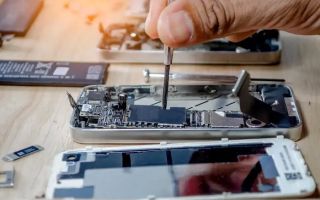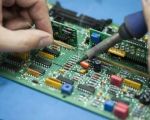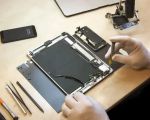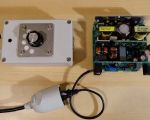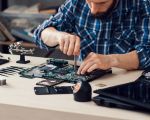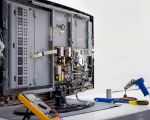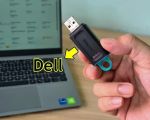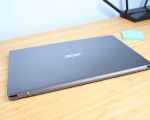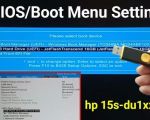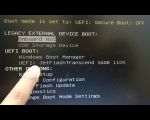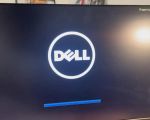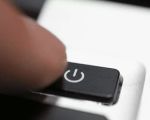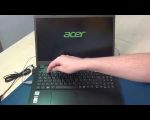How to Boot iMac from USB Drive: A Complete Step-by-Step Guide
- 1. Introduction to Booting iMac from USB
- 2. How to Prepare Your USB Drive for Booting on iMac
- 3. Step-by-Step Guide to Booting Your iMac from USB
- 4. Troubleshooting Common Booting Issues
- 5. Why You Should Consider Ninja Stik for Easy Booting
1. Introduction to Booting iMac from USB
Booting your iMac from a USB drive can be a crucial task when you're looking to install macOS, run diagnostic tools, or troubleshoot a system failure. While the process may seem a bit tricky at first, it’s relatively simple once you understand the steps involved. In this guide, we’ll walk you through the entire process of booting your iMac from a USB drive, as well as offer solutions to common problems you might encounter along the way.
2. How to Prepare Your USB Drive for Booting on iMac
Before you can boot from a USB drive on your iMac, you need to ensure that the USB is correctly prepared. Follow these steps:
- Choose a USB Drive with Sufficient Storage: A USB drive with at least 16GB of storage is recommended for bootable macOS installation or recovery drives.
- Format the USB Drive: Use Disk Utility on your Mac to format the USB drive. The format should be Mac OS Extended (Journaled) with GUID Partition Map for macOS installations.
- Create a Bootable USB Drive: Once the drive is formatted, you can use macOS's Terminal or a third-party tool like DiskMaker X to create a bootable drive. Ensure you have the right macOS installer downloaded from the App Store.
3. Step-by-Step Guide to Booting Your iMac from USB
Once your USB drive is prepared, you’re ready to boot your iMac from it. Here’s how you can do it:
- Insert the USB Drive: Plug the bootable USB drive into one of the USB ports on your iMac.
- Restart Your iMac: Power off your iMac and then turn it on again. Immediately press and hold the Option key (⌥) on your keyboard as the iMac starts to boot up.
- Select the USB Drive: After a few moments, your iMac will display a list of bootable devices. Use the arrow keys to select your USB drive (usually labeled as “Install macOS” or similar), then press Enter.
- Start the Installation or Troubleshooting: Once the iMac boots from the USB drive, you can proceed with installing macOS or use the recovery tools to diagnose and fix any issues.
4. Troubleshooting Common Booting Issues
If your iMac fails to boot from the USB drive, there are several common issues to consider:
- Check the USB Port: Ensure that the USB drive is securely plugged into a functioning USB port. If possible, try using a different port.
- Ensure Proper USB Format: If the USB drive isn’t formatted correctly, your iMac won’t recognize it as a bootable device. Reformat the drive using Disk Utility and make sure to use the GUID Partition Map.
- Update Your iMac's Firmware: In some cases, outdated firmware may prevent the iMac from booting from a USB drive. Ensure that your macOS and firmware are up to date.
- Disable FileVault or SIP (System Integrity Protection): If FileVault or SIP is enabled on your iMac, it may block booting from external drives. Temporarily disabling these features may help.
5. Why You Should Consider Ninja Stik for Easy Booting
If you frequently need to boot your iMac from USB or manage bootable devices, consider using Ninja Stik. This simple yet powerful tool can help you quickly manage and boot from any USB device. Whether you’re performing system recovery, troubleshooting, or installing macOS, Ninja Stik streamlines the process, saving you time and hassle. With its user-friendly interface and reliable performance, Ninja Stik ensures a seamless experience every time.
Ready to simplify your booting process? Click here to learn more and get your Ninja Stik today!









